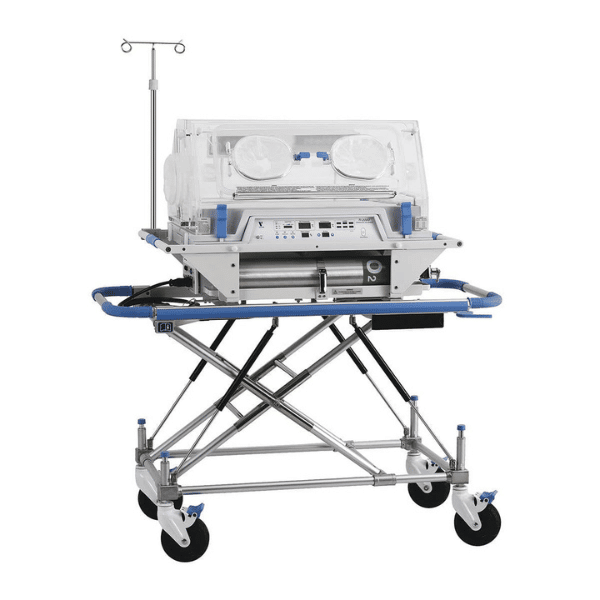
The infant incubator is a typical piece of equipment in maternity homes, neonatal intensive care units, and pediatric hospitals. Incubators provide a secure and stable environment for newborns, frequently those born prematurely or with a condition that renders them particularly vulnerable during the first few months of life. Similar to an incubator used in an intensive care unit, a travel incubator serves the same purpose. It is utilized to give a neonate a desired warm environment to prevent heat loss to the environment. It is sometimes necessary to move a newborn or baby by air or by land, either in quest of an intensive care unit or to a different hospital for a different therapy altogether.
These newborns or babies are already frail by nature; their situation is already sensitive. In this situation, the most difficult aspect of providing critical care is transferring the infant without exposing them to the environment's temperature gradient. This is accomplished by putting the infant in a transport incubator that keeps a small space at the right temperature.
Both the transport and intensive care incubators have the same basic workings. The device is light and small thanks to careful consideration that has gone into its design, making it simpler to move around. Baby trays featured on a trolley covered by a fiber9ok glass or acrylic construction to provide a closed environment for the infant.
A separate hole is provided to insert oxygen tubes and other medical equipment, and medical workers have access to the infant at all times. On the provided screen, the temperature of the baby's skin and the ambient temperature are displayed after choosing the preferred setting.
These newborns or babies are already in a delicate situation due to their inherent fragility. The most challenging part of giving the child critical care in this circumstance is moving them without exposing them to the temperature gradient of the surroundings. The baby is placed in a transport incubator that maintains a tiny area at the proper temperature to achieve this. The needed temperature can be selected, and a screen is given to display the temperature of the environment and the baby's skin.
A knob can control the airflow, and these systems contain alarms to draw attention to unfavorable situations, like a temperature increase. The main distinction between a transport incubator and an intensive care incubator is the inclusion of a portable external power supply attached to the transport incubator trolley that enables the instrument to function even when it is being moved. These devices are also capable of running on ambulance electricity.